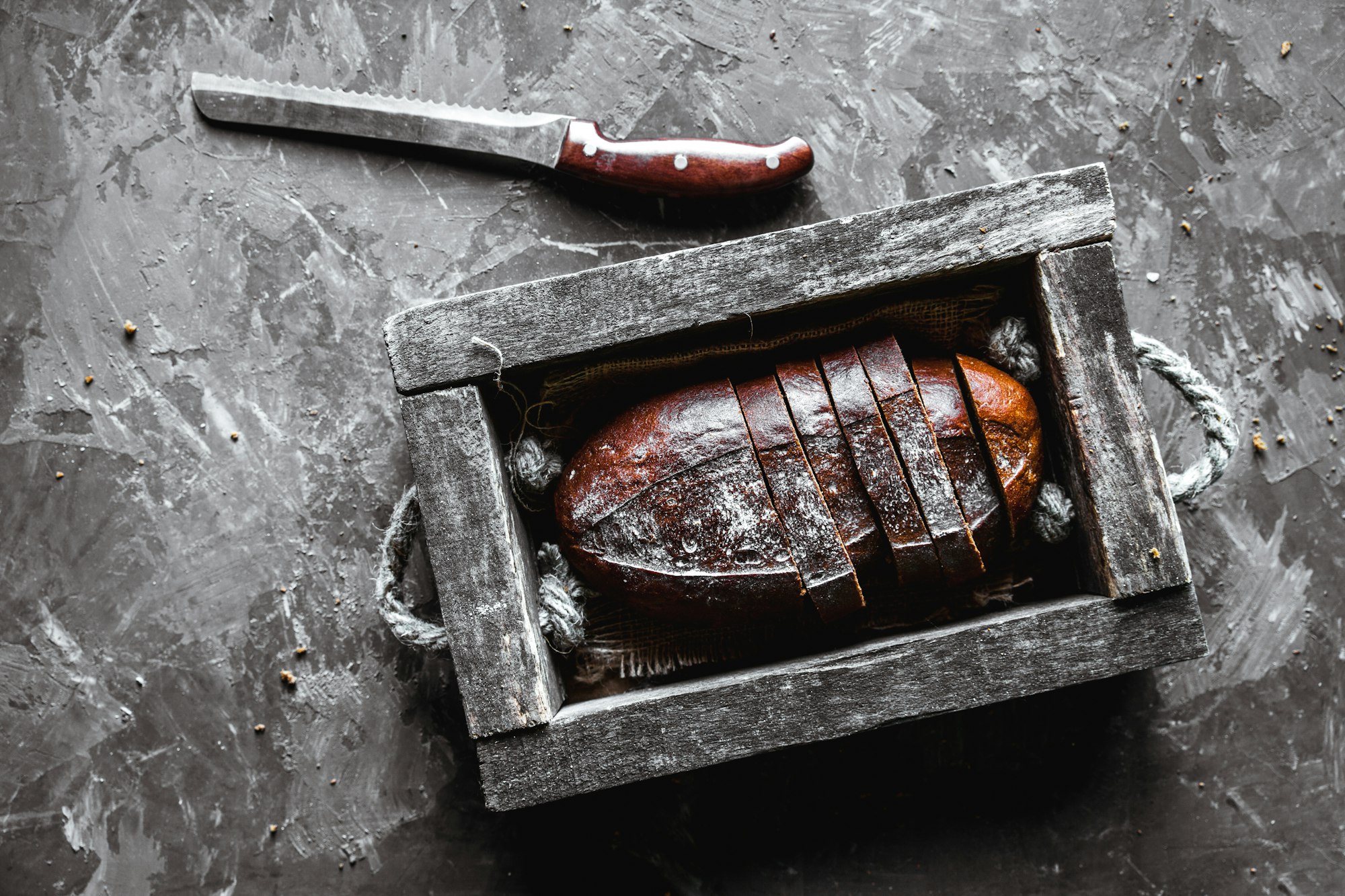When it comes to bread, the possibilities are endless. You can experiment with a variety of ingredients, adjusting quantities and adding new flavors to create a loaf that perfectly suits your taste. One such variant that has gained popularity among health-conscious consumers and gastronomes alike is whole grain bread with seeds and nuts. But can you bake it at home?
The answer is a resounding yes. You can absolutely prepare a delicious and wholesome loaf of this multigrain bread in your kitchen. With the right recipe, ingredients, and a bit of patience, you can produce a flavor-packed, nutrient-dense bread that you’ll be proud to serve at your table. Let’s delve into this culinary journey, one step at a time.
In parallel : How to achieve a tangy and refreshing key lime mousse with a graham cracker crust?
Selecting Your Grains
Choosing the right grains is a crucial first step in this bread-making process. Whole wheat flour plays a starring role, providing a robust flavor and dense nutritional profile. It’s rich in dietary fiber, vitamin B, and minerals like iron and magnesium. But don’t limit yourself to just wheat. You can also include oats in your dough, which are known for their heart-healthy properties.
Now, to add a punch of texture and flavor, consider integrating various seeds into your dough. Sunflower seeds, flax seeds, sesame seeds, and poppy seeds are all great choices. Nuts like walnuts or pecans can also be incorporated for additional crunch.
In the same genre : What techniques ensure a perfectly flaky and buttery croissant?
Crafting the Dough
The dough-making process is where the magic truly begins. It’s a simple procedure that requires only a few minutes, but the result has the potential to be extraordinary. Start by combining your whole wheat flour, oats, seeds, and nuts in a large bowl. As you mix these dry ingredients together, you create a foundation for your bread’s structure and flavor.
Next, gradually add warm water to the dry mixture. The water should be at a temperature that is warm to the touch, but not hot. This helps activate the yeast, a necessary agent for making the dough rise. Once the dough starts to come together, transfer it onto a floured surface and begin kneading. Dedicate a solid 10 minutes to this task, allowing the dough to become smooth and elastic.
Letting the Dough Rise
After the kneading process, the dough needs time to rise. This is a crucial stage in bread-making that directly affects the texture of the final loaf. Place the dough back in your bowl, cover it with a damp cloth, and let it rest for about 2 hours. During this time, the yeast will ferment the dough, causing it to double in size.
Remember to be patient during the rising process. It might be tempting to rush this step, but taking your time here ensures a softer, lighter loaf.
Preparing the Bread Pan and Preheating the Oven
While the dough is rising, take some time to prepare your bread pan. Grease the pan with a bit of oil and sprinkle some flour to prevent the loaf from sticking. Simultaneously, preheat your oven to the recommended temperature, typically around 375 degrees Fahrenheit. A preheated oven helps the bread to start rising immediately once it’s in, contributing to a better texture and crust.
Baking the Bread
Once the dough has risen adequately, transfer it to your prepared pan, gently shaping it to fit. Now comes the moment of truth – baking the bread. Slide the pan into the preheated oven and let it bake for about 35 to 40 minutes.
During this time, your kitchen will fill up with the delightful aroma of baking bread, teasing your senses and making the wait even harder. But hold on, because the best part is yet to come. When the timer dings, you’ll pull out a golden-brown, crusty loaf of whole grain bread, studded with seeds and nuts, and packed with flavors.
In conclusion, baking a flavor-packed whole grain bread with seeds and nuts at home is not only possible but also deeply satisfying. It requires only simple ingredients and a bit of time, rewarding you with a loaf that is leaps and bounds better than what you find at the supermarket. So, go ahead and give this recipe a try. We promise you won’t regret it.
Adding Sweetness and Extra Flavor
A loaf of bread is like a canvas, and the painter has the ability to add layers of flavors that enhance its overall taste. To make your nut and seed bread even more irresistible, you can include some natural sweeteners such as honey or maple syrup. These natural sweeteners not only provide a subtle hint of sweetness but also complement the hearty taste of the whole grains.
Start by including about 1/4 cup of your chosen sweetener in the dough mixture. If you decide to use honey, remember to warm it slightly to ensure it mixes well with the other ingredients. Maple syrup, on the other hand, can be added directly. Blend these into the dough mixture along with the warm water and yeast.
In addition to sweetness, consider adding some dried fruits like cranberries or raisins for an extra layer of flavor. Other flavor enhancers include spices such as cinnamon or nutmeg. Remember, the goal here is not to overpower the taste of the grains, seeds, and nuts, but rather to harmonize with them, creating a balanced and robust flavor profile.
Storing Your Baked Bread
Once your bread is out of the oven and has cooled down, it’s essential to store it properly to maintain its freshness. If you plan on devouring your loaf within a couple of days, a bread box at room temperature will do. However, if you want to extend its shelf life, consider refrigerating it.
Before placing your bread in the fridge, wrap it tightly in plastic wrap or place it in an airtight container. This helps to prevent it from drying out and losing its fabulous crunchy crust. If you’ve baked a large loaf and want to store parts of it for later, you can easily freeze it. Simply slice your bread, wrap each slice individually in plastic wrap, and then place these in a zip-top freezer bag. When you’re ready to enjoy a slice, simply defrost it at room temperature or pop it in the toaster for a warm treat.
In conclusion, baking whole grain bread with a medley of seeds and nuts is a rewarding culinary adventure. This nutrient-packed bread recipe offers a fantastic way to enjoy the wholesome goodness of whole wheat flour, various seeds like sunflower seeds, and nuts, all enveloped in a delightfully crusty loaf. Adding a hint of sweetness with maple syrup or honey and some dried fruits takes your multigrain bread to another level. And with the right storage methods, you can enjoy your homemade bread for days. So, don your apron, roll up your sleeves, and prepare to fill your home with the irresistible aroma of freshly-baked, flavor-packed bread.











